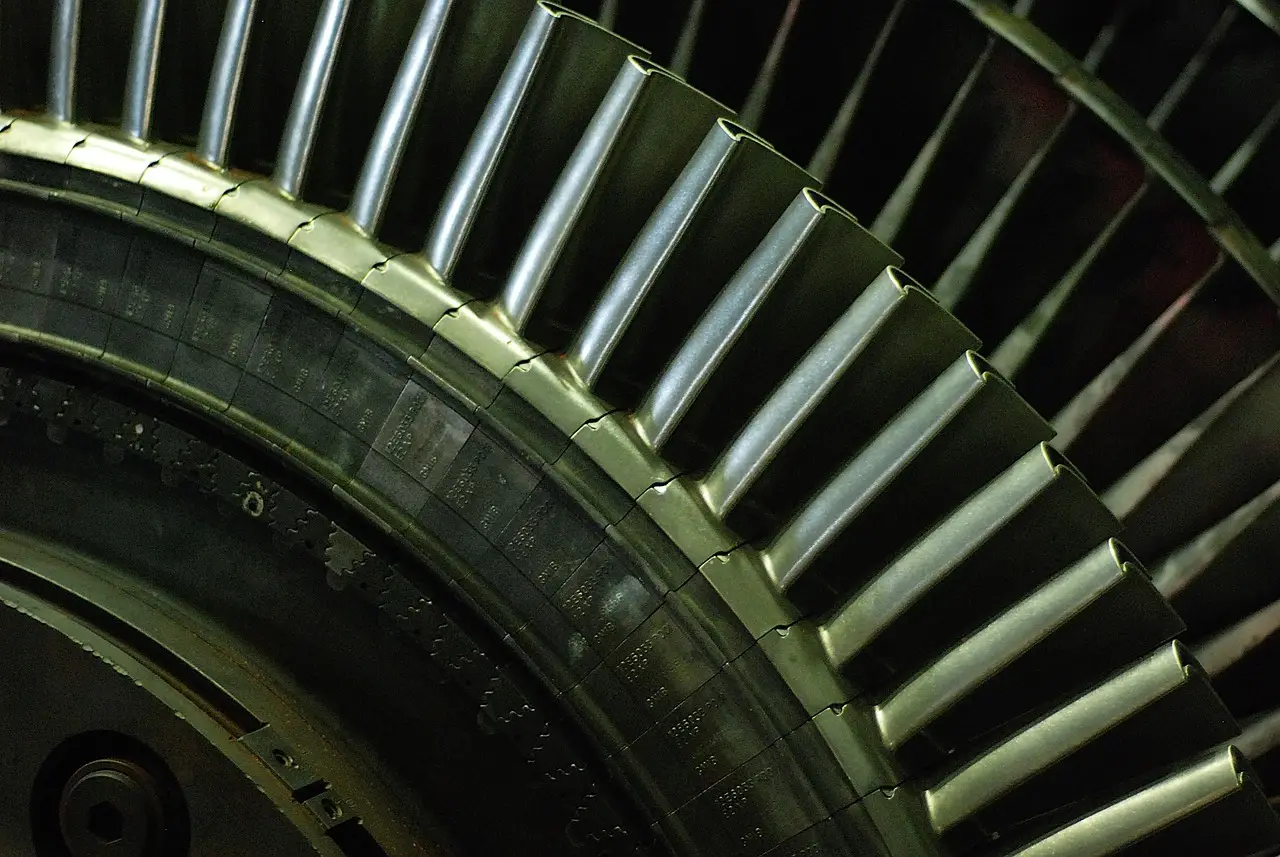Why softwood PAR is a sustainable choice for modern construction
Sustainability has become a cornerstone of contemporary construction practices, profoundly influencing how architects, builders, and homeowners approach design and material selection. As the global community strives to reduce its ecological footprint, the demand for sustainable materials has surged. Softwood, specifically in its Planed All Round (PAR) form, presents an exceptional choice due to its combination of ecological benefits, versatility, and performance in various construction applications. This article delves into why softwood PAR is a sustainable option, exploring its characteristics, manufacturing processes, economic advantages, and real-world applications.
Understanding softwood's renewable nature
Softwood, derived from coniferous trees such as Pine, Spruce, and Fir, is characterized by its lightweight, superior workability, and inherent strength. While often associated with lower-density wood, softwood has unique physical properties that make it an excellent building material. These trees grow more rapidly than hardwoods, making them a renewable resource that can be replenished through sustainable forestry practices.
From an ecological perspective, softwood plays a vital role in carbon sequestration. As these trees grow, they absorb carbon dioxide from the atmosphere, locking it away within their structure. This natural process is essential in combating climate change, making softwood an ideal material for environmentally conscious projects. Furthermore, the energy consumption associated with processing softwood is typically lower than that required for hardwood, further enhancing its sustainability profile.
The manufacturing process of softwood PAR: An eco-friendly approach
 The journey of softwood PAR begins with sustainable forestry practices, characterized by careful management of tree harvesting to ensure ecosystem health. Certification systems such as the Forest Stewardship Council (FSC) and Program for the Endorsement of Forest Certification (PEFC) validate these responsible practices, giving builders confidence that the materials they use contribute to environmental stewardship.
The journey of softwood PAR begins with sustainable forestry practices, characterized by careful management of tree harvesting to ensure ecosystem health. Certification systems such as the Forest Stewardship Council (FSC) and Program for the Endorsement of Forest Certification (PEFC) validate these responsible practices, giving builders confidence that the materials they use contribute to environmental stewardship.
The production of softwood PAR also emphasizes waste reduction and efficiency. By utilizing every part of the tree, manufacturers can minimize waste and maximize resource use. The processing of softwood is designed to be minimal, which not only reduces transportation emissions but also conserves energy, making it an environmentally friendly option for builders.
Economic benefits of softwood PAR in construction
Considering the economic implications of material choices is vital for modern construction projects. Softwood PAR delivers significant cost-effectiveness compared to hardwoods and other construction materials. Its lower market price makes it accessible for a wide range of construction budgets, allowing for high-quality builds without breaking the bank.
Moreover, opting for locally-sourced softwood contributes to economic sustainability. By supporting local forestry industries, builders can help create jobs and stimulate economic growth in their communities. The investment in local economies is essential for fostering resilience in the face of global market fluctuations.
Versatility and performance of softwood in modern building projects
The versatility of softwood PAR is one of its most appealing aspects. It is utilized in various applications, ranging from structural framing in both residential and commercial buildings to interior design elements and furniture construction. Its lightweight nature and ease of workability make it a favorite amongst builders and designers alike, allowing for creative innovations in architecture.
Despite some perceptions of lower durability, softwood can be treated and finished to enhance its longevity. With appropriate protective measures, softwood can withstand the elements and retain its structural integrity over time. Comparatively, softwood can match or even outperform some hardwoods regarding durability, particularly when suitable treatments are applied.

Celebrating innovations: Case studies in sustainable construction
Numerous projects around the world have embraced softwood PAR as a key building material, showcasing innovative designs and sustainable practices. For instance, structures that integrate softwood in their design demonstrate both aesthetic appeal and ecological mindfulness. Architects and builders have consistently praised the role of softwood in creating spaces that harmonize with the environment.
Testimonials from industry professionals highlight the on-site benefits of using softwood PAR. Many have noted its ease of installation and the significant reduction in construction time, essential for meeting contemporary project deadlines while adhering to sustainable practices.
Explore quality softwood PAR products
For those interested in integrating softwood PAR into their construction projects, the Timber Store offers a wide range of high-quality products. Sourcing softwood from reputable providers ensures that builders are making environmentally conscious choices that contribute positively to the construction landscape.
A sustainable future through thoughtful material selection
Softwood PAR stands as a pillar of sustainable building practices, merging ecological, economic, and performance benefits. Its renewable nature, combined with responsible manufacturing and its versatility in application, makes it a prime candidate for modern construction. As the industry continues to evolve towards greener practices, embracing materials such as softwood is essential for addressing climate change and promoting environmental stewardship.
As the call for sustainability grows louder, builders, architects, and consumers are encouraged to consider softwood PAR for future projects. By choosing this renewable resource, the construction industry can take significant steps toward a more sustainable and responsible building paradigm, ensuring a healthier planet for future generations.




